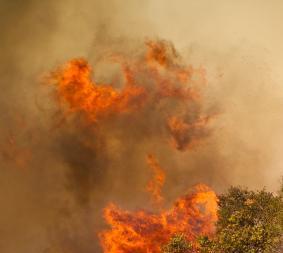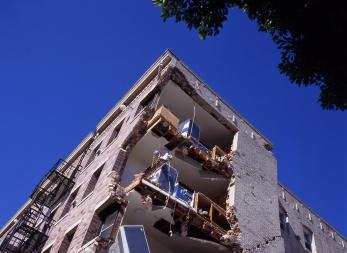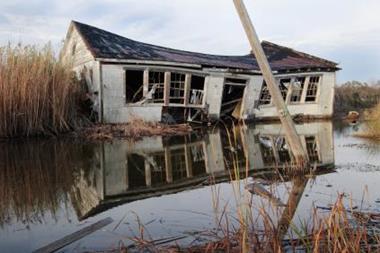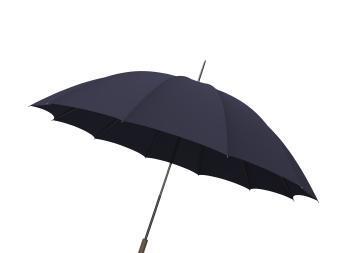The final tally for the 2007 hurricane season was 14 named storms, slightly above the long term average, and six hurricanes
The final tally for the 2007 hurricane season was 14 named storms, slightly above the long term average, and six hurricanes. Only three named storms made US landfall and they had limited impact, although hurricanes Dean and Noel caused considerable damage in the Dominican Republic, Cuba and Mexico.
In their final summary of hurricane activity for the year, issued on 27 November, Philip Klotzbach and William Gray of Colorado State University admitted that it was difficult to explain why the 2007 season was close to the long term average, especially considering the development during the period of a la Niña episode, which would usually fuel storm development thanks to warmer sea temperatures. They had predicted an above average season.
In the background, catastrophe exposures are increasing, not falling, as a result of changes in hazards and increased values at risk. High demand for energy and the weak dollar are also exacerbating likely losses in the oil and gas sectors.
Even two quiet hurricane seasons in a row are deceptive. Dean and Felix reached Category 5 storms, making 2007 one of only four years in which there were two such strong hurricanes. The others were 1960, 1961 and 2005. Forecasting the total number of storms is inexact; predicting the number that will make landfall is subject to even more uncertainty.
Exposures to hurricanes are growing. Expensive new development is taking place on the Florida and Texas coasts, according to Robert Hartwig, president of the Insurance Information Institute. For example, he said, more than $2.3 billion of residential, commercial and public construction was underway during 2007 in Galveston, Texas, the site of the single most deadly disaster in US history. Eight thousand people died in a 1900 hurricane, which it is estimated would cost $21-33 billion if it reoccurred today.
In a presentation for the annual conference of the Institute for Business and Homes Safety, he said, "Most of the escalating toll from cat losses is the direct result of state and local decisions to permit development in vulnerable areas and then provide insurance subsidies to property owners, killing the ‘messenger of risk'.
"States and communities will never relinquish this right and, therefore, losses will spiral upward indefinitely."
Other hazards
Wildfire losses are among those increasing. Expensive fires occured again this autumn in California, and 2006 set a record both in the number of forest fires and their size. Nearly 10 million acres of forest and woodland burned, a 125% increase over the 10 year average, according to the National Interagency Fire Center. In 2005, more than 8 million acres had burned. Drought, record high temperatures and the build-up of dead trees and undergrowth are blamed.
The California fires in 2007 were the result of such factors combined with unusually strong Santa Ana winds, and the southern United States is expected to have another dry winter. On 15 November 2007, forecasters from the Climate Prediction Center of the National Oceanic Atmospheric Administration (NOAA) confirmed their prediction of above average winter temperatures for much of the United States - and below normal precipitation for the southern tier of the country.
"La Niña strengthened during October, making it even more likely that the United States will see below-average precipitation in the already drought stricken regions of the southwest and the southeast this winter," said Michael Halpert, deputy director of the Climate Prediction Center.
Research from Colorado State University indicates that more Americans are building in fire prone, natural wild land areas across the country. "The wild land-urban interface has grown to an area larger than the state of California, placing an estimated 12.5 million homes at risk of high severity wildfires," said Dave Theobald, a landscape ecologist at Colorado State University. He and fellow Colorado State researcher William Romme found that the wild land-urban interface was 52% higher in 2000 than in 1970, and they expect that it will expand by at least another 10% by 2030.
Record high prices for crude oil and natural gas are pushing up major industrial risks. Crude oil had reached nearly $100 a barrel as Catastrophe Risk Management went to press, a result of the combined effects of demand and weak dollar exchange rates. A focus report this year from Swiss Re on energy construction comments that the cost of reinstating any energy installations that suffer fire or explosion is likely to be significantly higher because the over-heated oil and gas construction market has created a shortage of manpower, skills and materials.
Second, business interruption losses, already a source of concern to energy insurers, are a large potential source of liability because most operators have not adapted their indemnity periods to the current climate. "In addition, price rises and higher refining margins can have a larger than expected effect on insurers' exposure."
Swiss Re cites the example of a fire loss at a North American installation, where the property damage was in low hundreds of millions of dollars, but the business interruption loss exceeded $1 billion.




















No comments yet